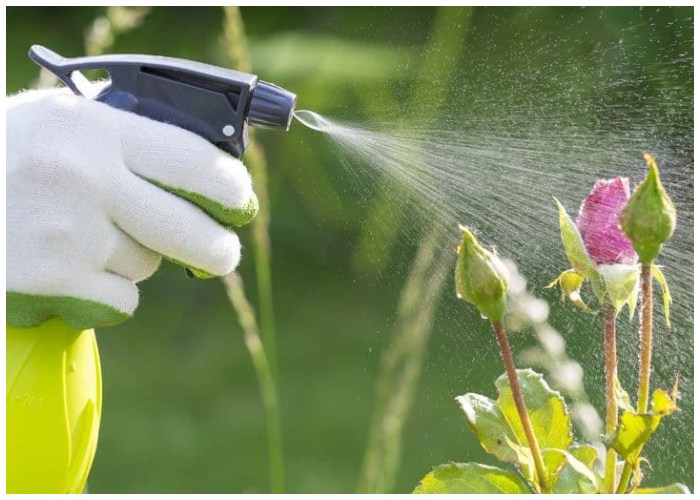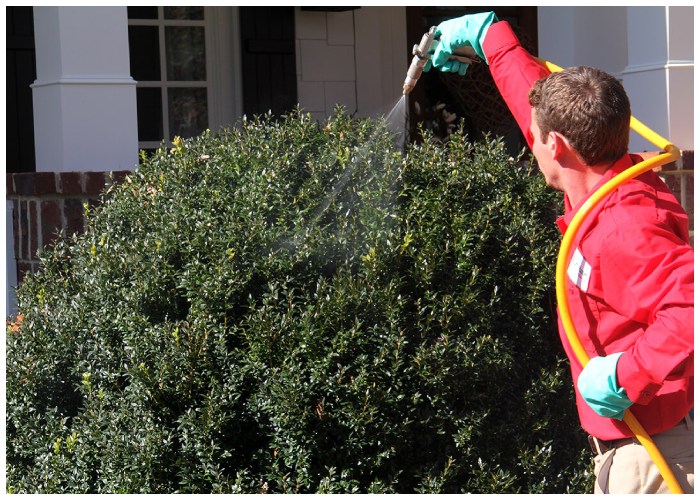Gardeners and farmers have always faced the challenge of dealing with pests, a problem as ancient as farming itself. The discovery and widespread use of chemical pesticides in the 20th century seemed like a definitive solution. Yet, it wasn’t long before the negative impacts on the environment and health became evident. This realization led to a significant shift towards safer, more sustainable methods of pest control. Horticultural oil has emerged as a key player in this shift, offering a greener alternative to traditional pesticides. This article explores what horticultural oil is, its uses, benefits, and how it fits into a more environmentally friendly approach to gardening and farming.

What is Horticultural Oil?
Horticultural oil stands out as a versatile, refined oil product designed for safe application on plants. Unlike singular oil types, such as olive oil, horticultural oil encompasses a variety of oil-based products, including mineral or paraffinic oil, and organic options derived from plants or fish. Its primary function is to combat pests by obstructing their respiratory pores, particularly targeting soft-bodied insects. The diversity in its composition—ranging from neem to soybean oil—underscores its adaptability and efficacy in pest management. While offering an environmental edge over chemical pesticides, it’s crucial to note that certain oils may pose risks to sensitive plants and aquatic life.
Benefits and Applications
The allure of horticultural oil lies in its dual capacity to control pests and align with eco-friendly gardening practices. By smothering pests and their eggs on contact, it provides immediate relief without leaving harmful residues, making it a preferred choice for maintaining plant health. Moreover, its safety profile extends to birds and mammals, highlighting its role in safeguarding biodiversity. Application techniques vary, emphasizing the importance of thorough coverage and timing—dormant, delayed dormant, and summer oil applications cater to different plant growth stages, ensuring effectiveness while minimizing harm.
Considerations and Limitations
Despite its advantages, horticultural oil is not a one-size-fits-all solution. Its suitability varies with plant species, environmental conditions, and timing. Certain plants exhibit sensitivity, risking injury when exposed to these oils. Additionally, extreme temperatures and stressed plants can diminish its effectiveness or cause damage. A noteworthy aspect involves its impact on pollinators and aquatic life, necessitating careful application to protect these vital ecosystems. Understanding these nuances is essential for integrating horticultural oil into a holistic plant care regimen.

Integrated Pest Management and Horticultural Oil
Integrating horticultural oil into an integrated pest management (IPM) strategy can significantly enhance garden health and sustainability. IPM focuses on using the least harmful methods to manage pests, with chemical controls as a last resort. Horticultural oil plays a crucial role in this approach, offering a non-toxic, environmentally friendly option for pest control. By prioritizing the health of the entire ecosystem, IPM with horticultural oil reduces the need for chemical pesticides, promoting a more balanced and natural garden environment.
Safe Use and Environmental Impact
Horticultural oil is praised for its low toxicity, making it safer around children, pets, and wildlife. However, its application requires mindful practices to ensure the safety of non-target species, including beneficial insects and pollinators. Spraying in the early morning or late evening, when these beneficial species are less active, can minimize risks. Moreover, the environmental benefits of reducing chemical pesticide use are profound, including reduced soil and water pollution and enhanced biodiversity.
Horticultural oil emerges as a potent tool in the gardener’s arsenal, offering a safer, environmentally conscious alternative to traditional pesticides. Its effectiveness against pests, combined with a favorable environmental profile, underscores its value in modern horticulture. However, its successful application demands awareness of its limitations and respect for the delicate balance of our ecosystems. Embracing horticultural oil is a step towards healthier plants and a greener planet, marking progress in the ongoing quest for sustainable agricultural practices.